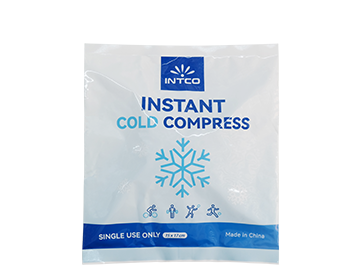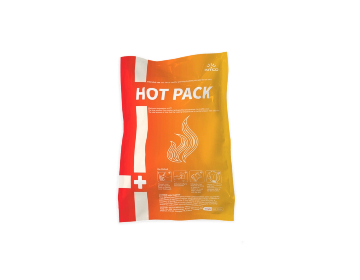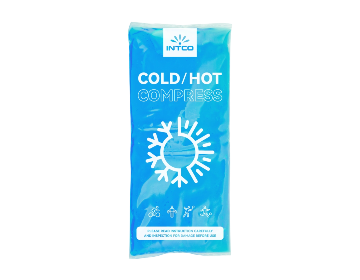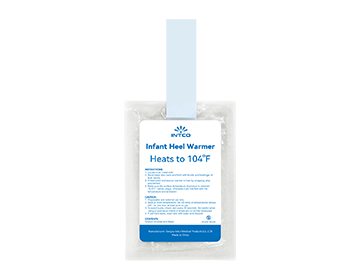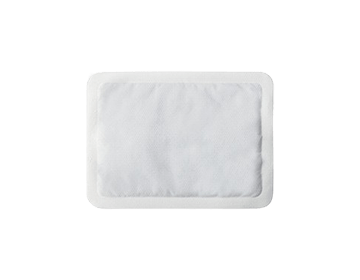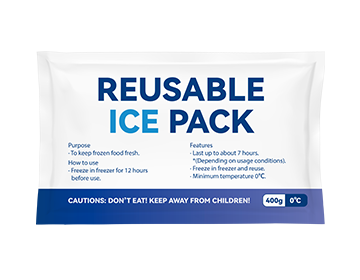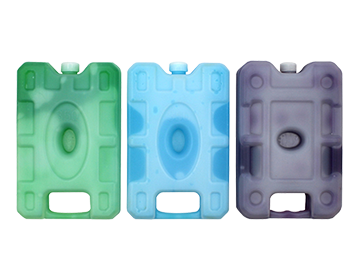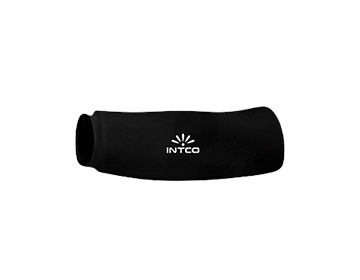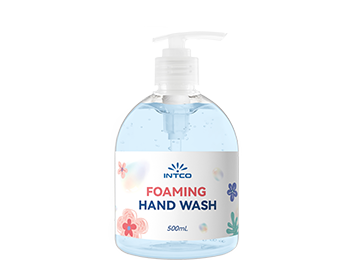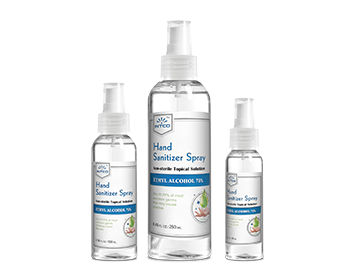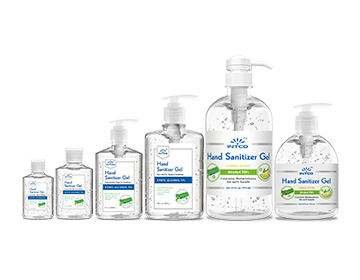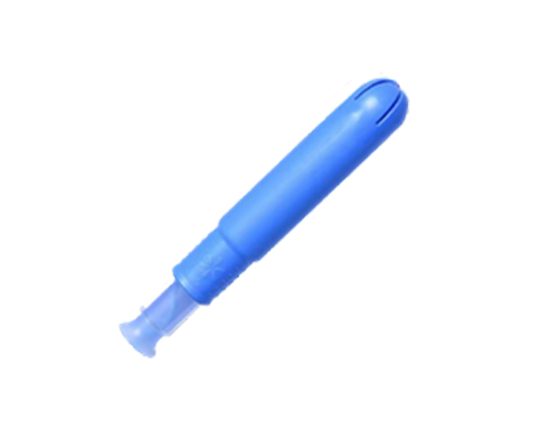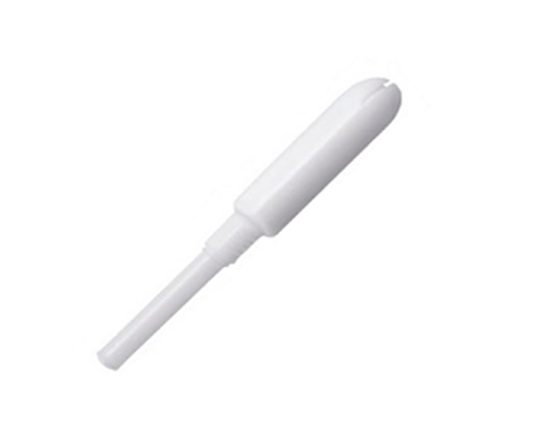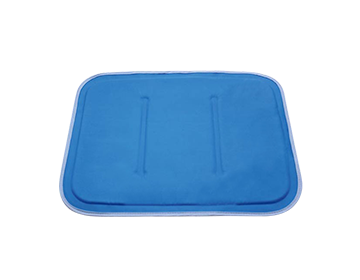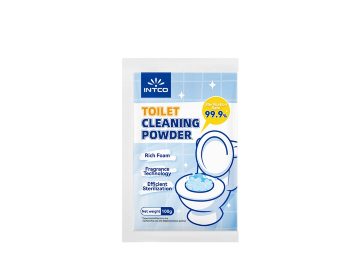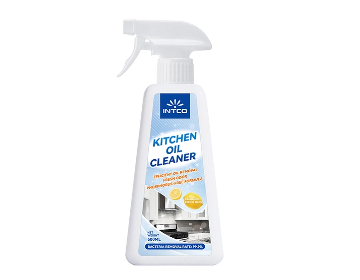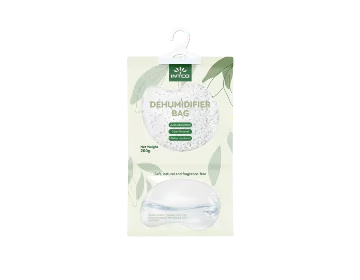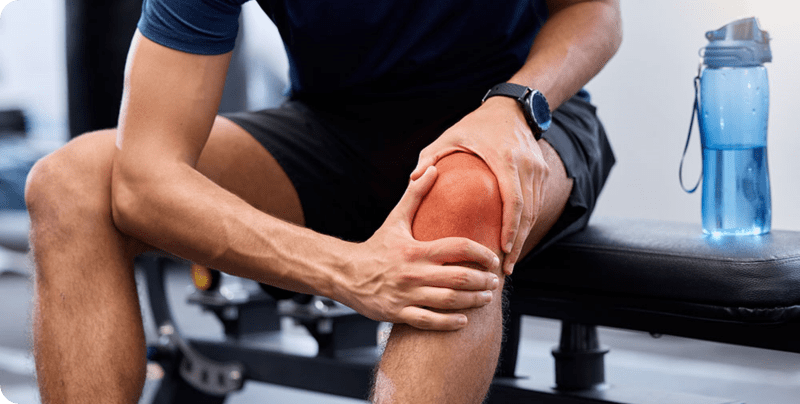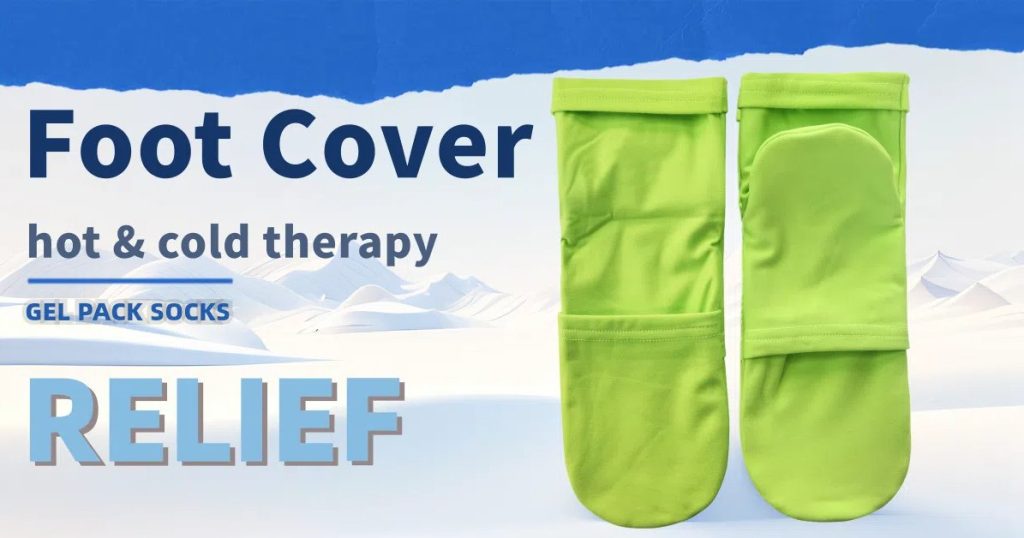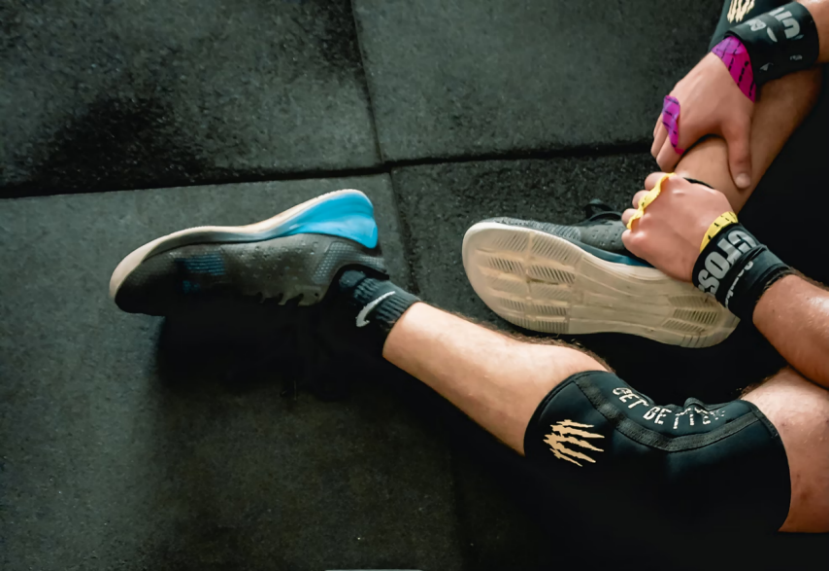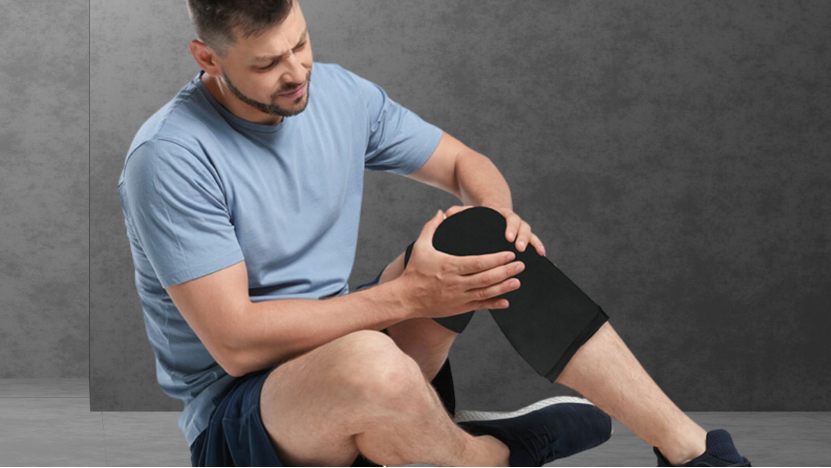Medical-Grade Cooling Socks vs. Regular Cold Packs: What’s the Difference?
Introduction
When it comes to relieving pain, swelling, and inflammation, cold therapy remains one of the most trusted methods in both medical and home settings. But not all cold therapy products are created equally. Two popular choices—medical-grade cooling socks and regular cold packs—offer unique benefits depending on the situation.
This article explores the key differences between them, the science behind each, and how to choose the right option for your recovery needs.
Understanding Cold Therapy and Its Mechanism
What Is Cold Therapy?
Cold therapy, or cryotherapy, involves applying cold temperatures to affected areas to reduce inflammation, slow nerve activity, and minimize swelling. According to the Cleveland Clinic, cold treatment constricts blood vessels, which helps reduce pain and tissue damage in the acute phase of injury.
Why It Matters
Cold therapy isn’t just for athletes. It’s widely used for post-surgery recovery, arthritis management, and chronic pain relief. The way the cooling is delivered—whether through socks, packs, or wraps—greatly influences its comfort and effectiveness.
What Are Medical-Grade Cooling Socks?
Design and Composition
Medical-grade cooling socks are designed specifically for therapeutic use. They typically consist of:
|
Component |
Description |
|
Gel Inserts |
Removable or built-in gel packs that provide uniform cooling |
|
Compression Fabric |
Soft, stretchable material that enhances contact with the skin |
|
Anatomical Fit |
Tailored shape that targets the foot and ankle areas evenly |
These socks are often used by oncology patients (for chemotherapy-induced neuropathy), athletes, and individuals with plantar fasciitis or post-surgical swelling.
Clinical Validation
According to NIH, targeted cryotherapy on extremities can prevent or reduce chemotherapy-induced peripheral neuropathy (CIPN). Cooling socks deliver cold more gently and consistently than ice packs, reducing the risk of frostbite.
What Are Regular Cold Packs?
Composition and Usage
Regular cold packs—like reusable gel packs or instant cold packs—are more generalized tools for cold therapy. They can be applied anywhere on the body and are widely used for:
- Sports injuries (sprains, bruises)
- Headaches or migraines
- Minor burns or insect bites
Convenience and Accessibility
Cold packs are versatile, portable, and affordable. However, because they aren’t anatomically shaped, they may not always provide consistent contact or comfortable fit on curved areas like the foot or ankle.
Comparing Cooling Socks and Cold Packs
|
Feature |
Medical-Grade Cooling Socks |
Regular Cold Packs |
|
Purpose |
Targeted for feet/ankles, clinical use |
General-purpose cold therapy |
|
Fit & Comfort |
Anatomical, wearable design |
Flat, manual placement |
|
Temperature Control |
Gradual, even cooling |
Variable; may cause overcooling |
|
Safety |
Medical-grade materials, often lab-tested |
Consumer-grade; varies by brand |
|
Ease of Use |
Hands-free |
Requires holding or wrapping |
|
Cost |
Higher, due to medical validation |
More affordable |
Safety and Temperature Regulation
Medical-grade socks are engineered to maintain a stable cooling temperature (around 10–15°C), ensuring effectiveness without tissue damage. In contrast, instant cold packs may drop to 0°C or below, which can cause frostbite if applied directly to skin.
Comfort and Usability
Users who require long-term relief—such as those with diabetic foot pain or chronic inflammation—often prefer cooling socks for their comfort and mobility. Cold packs, however, remain ideal for acute, short-term injuries.
Expert Opinions and Research Insights
According to the Physiopedia, effective cryotherapy requires maintaining a cold temperature between 10°C and 20°C for 10–20 minutes. Products that deliver consistent temperature control, such as medical-grade cooling socks, are better suited for therapeutic use.
A 2023 clinical study in the Journal of Rehabilitation Medicine also found that localized cooling garments improved circulation recovery time and reduced post-exercise inflammation more effectively than regular ice packs.
Which One Should You Choose?
For Medical Use
If you’re undergoing treatment or need to manage chronic swelling, medical-grade cooling socks provide clinically proven results with enhanced comfort and safety.
For Home and Sports Use
For everyday injuries or muscle soreness, regular cold packs remain an affordable and efficient option—especially if you need flexible use across different body parts.
The Ideal Approach
Some healthcare professionals recommend combining both: using cooling socks for targeted recovery and cold packs for general relief.
INTCO Medical: Supporting Professional and Home Recovery
As a global manufacturer and OEM/ODM supplier of cold therapy products, INTCO Medical offers a wide range of solutions—from gel cold packs to medical-grade cooling wearables.
INTCO’s products are developed under strict quality control systems, ensuring consistent cooling performance, safety, and comfort for both clinical and personal use.
With ongoing R&D investment, INTCO continues to innovate in the field of physical therapy and rehabilitation care, helping users worldwide experience safe, effective recovery solutions.
Frequently Asked Questions (FAQ)
Q1: Are medical-grade cooling socks safe for long-term use?
Yes. They are designed with medical-grade materials to ensure stable, non-freezing temperatures and skin safety.
Q2: How long should I wear cooling socks?
Most experts recommend 15–20 minutes per session, similar to traditional cryotherapy.
Q3: Can I use regular cold packs on my feet?
You can, but ensure you wrap them in a cloth to avoid direct contact and potential frostbite.
Q4: Do INTCO Medical products support customization?
Yes. INTCO offers OEM/ODM services for global brands, including custom sizing, materials, and packaging.

